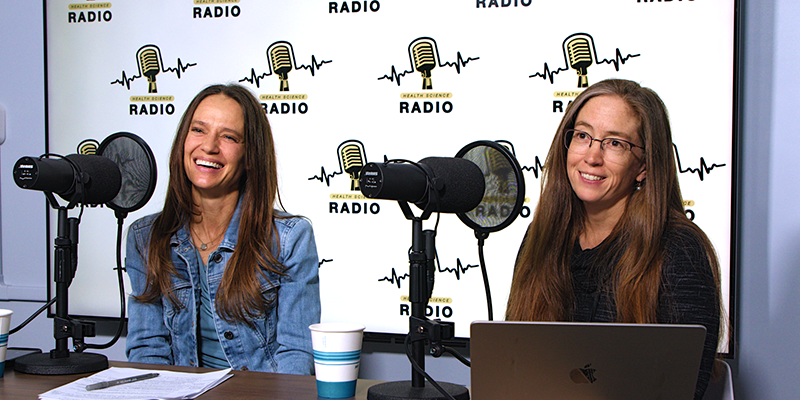Navigating the Labyrinth of Information: How Do We ‘Trust Science’ In an Age of Misinformation?
In an era saturated with information readily available at our fingertips, discerning credible sources from the deluge of misinformation poses a formidable challenge. The proliferation of fake news, pseudoscience, and conspiracy theories, often disseminated through social media and amplified by echo chambers, has eroded public trust in established institutions, including scientific authorities. This erosion of trust has profound implications for societal well-being, impacting public health decisions, environmental policies, and our understanding of the world around us. The COVID-19 pandemic starkly highlighted this challenge, as conflicting narratives about the virus’s origins, transmission, and effective mitigation strategies proliferated, hindering public health efforts and fueling societal divisions. Now, more than ever, the need to equip individuals with the critical thinking skills necessary to effectively evaluate information and identify trustworthy sources is paramount.
The foundation of scientific knowledge rests upon the rigorous methodology of the scientific process. This involves formulating hypotheses, conducting experiments, meticulously analyzing data, and subjecting findings to peer review, a critical process where other experts in the field scrutinize the research for accuracy and validity. Scientific knowledge is not static; it evolves and refines itself over time as new evidence emerges and understanding deepens. This dynamic nature, while a strength of the scientific enterprise, can be misinterpreted or misrepresented by those seeking to sow doubt or promote alternative agendas. Understanding the iterative nature of scientific inquiry is essential to appreciating the strength and reliability of scientific consensus. While individual studies might offer conflicting results, the convergence of evidence from multiple independent studies strengthens the overall conclusions and forms the basis for scientific consensus. Distinguishing between preliminary findings and established scientific knowledge is crucial in navigating the complexities of scientific information.
However, the complexities of scientific research can be exploited to spread misinformation. Bad actors often cherry-pick isolated studies that support their predetermined narratives while ignoring the broader body of evidence pointing in a different direction. They may misrepresent the limitations of specific studies or exaggerate the significance of preliminary findings. Furthermore, the technical jargon and nuanced statistical analyses involved in scientific research can be difficult for the general public to comprehend, creating an environment ripe for misinterpretations and distortions. This underscores the importance of clear and accessible science communication, bridging the gap between scientific experts and the public.
In the digital age, the accessibility of information is a double-edged sword. While providing unparalleled access to a wealth of knowledge, the internet also serves as a breeding ground for misinformation. The rapid dissemination of unverified claims and misleading narratives through social media platforms poses a significant challenge to public understanding. The algorithms that govern these platforms often prioritize engagement over accuracy, inadvertently amplifying sensationalized and emotionally charged content, regardless of its veracity. Furthermore, the echo chamber effect, where individuals are primarily exposed to information that reinforces their existing beliefs, can further entrench misconceptions and make it difficult to engage in productive dialogue.
Building trust in science requires a multi-pronged approach involving scientists, educators, journalists, and policymakers. Scientists have a responsibility to communicate their findings clearly and transparently, acknowledging the limitations of their research and engaging with the public directly. Educators play a crucial role in fostering critical thinking skills in students, equipping them with the tools to evaluate information critically and distinguish between credible sources and misinformation. Journalists have a responsibility to report on scientific findings accurately and responsibly, avoiding sensationalism and providing context. Policymakers can support initiatives promoting science literacy and combatting the spread of misinformation. Furthermore, social media platforms must take greater responsibility for the content shared on their platforms, implementing measures to curb the spread of misinformation and promote credible sources.
Ultimately, combating misinformation and fostering trust in science requires a collective effort. Empowering individuals with the critical thinking skills to navigate the complex information landscape is essential. Encouraging media literacy, promoting scientific understanding, and supporting responsible communication are crucial steps in building a more informed and resilient society. By embracing critical thinking, fostering scientific literacy, and supporting responsible information sharing, we can navigate the challenges of the digital age and ensure that scientific knowledge remains a trusted beacon guiding our decisions and shaping our future.


